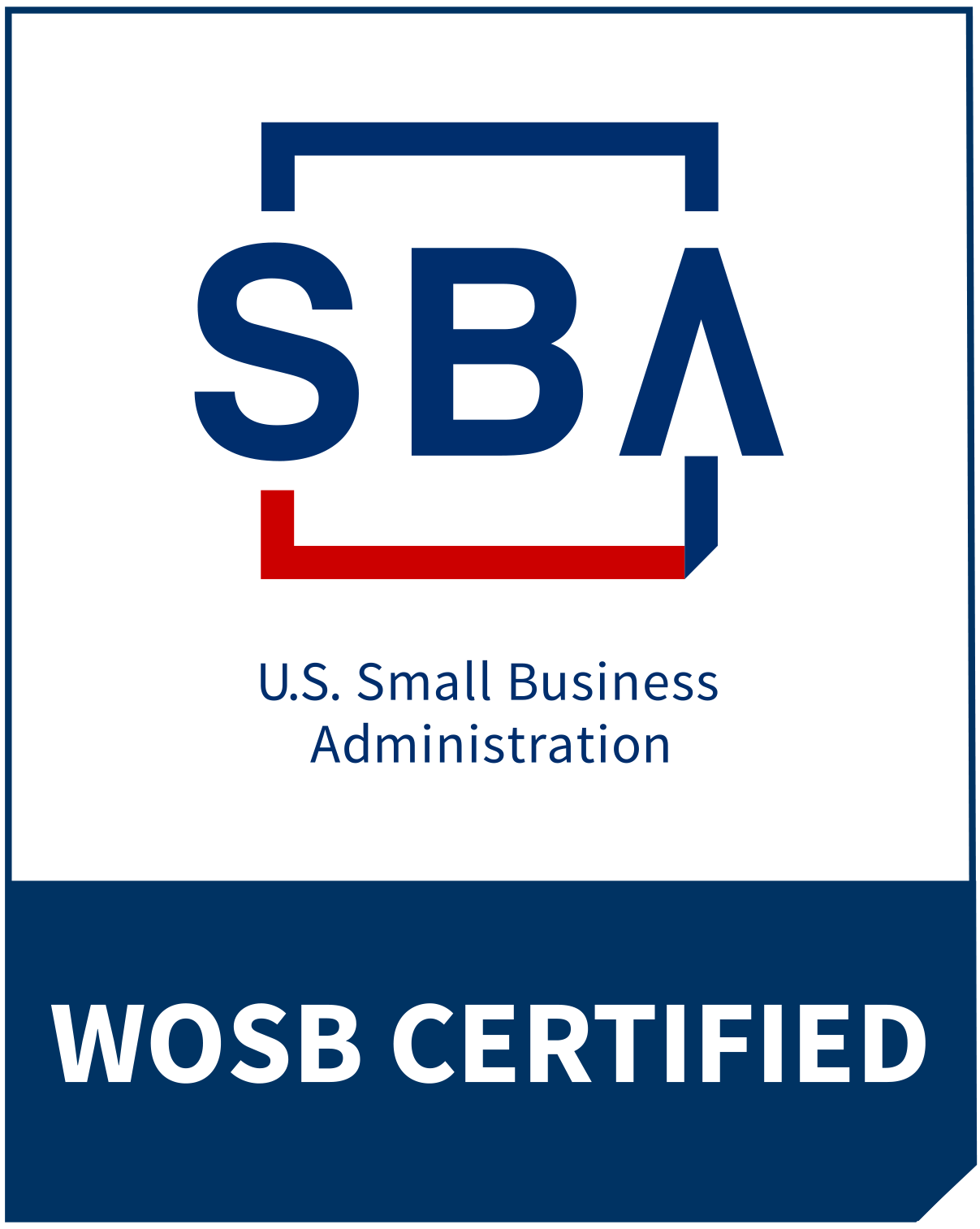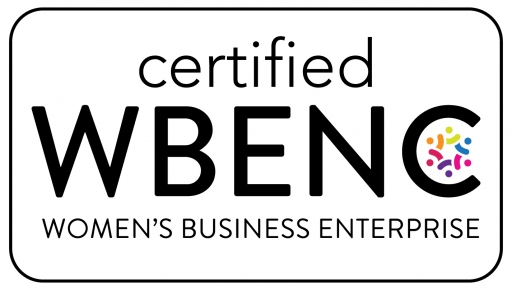
We recently had an opportunity to connect with and learn from William Singleton, New Ventures Program Leader at Wrigley. He’s going to be part of our Sprint Track at the Front End of Innovation Conference in Boston. Aside from being a proud Clemson alum, it’s awesome to see William’s leadership come to life in his role to push Wrigley into the future.
From your experience, what’s the key to transforming ideas into market winning strategies?
Humble leadership. With humility, the leader allows others to proudly play a role in developing the idea. With some of the best ideas that have gone to market, many different people in the organization are proud to stake a claim. The worst ideas, no one remembers how they came to be. You need people to feel that they were part of the success, (no matter how heavy or light the contribution) in order to navigate the sometimes treacherous terrain of the corporation. It takes many associates saying “yes” to move forward, but only one “no” to halt progress. The hardest part of corporate innovation is just getting the idea to the marketplace.
How does design thinking improve innovation?
Design thinking forces one to pause. It forces you to seek to understand. It is easy to rationalize your way to an answer while you’re creating, but design thinking allows one the space to think of the various scenarios before creating. If you’ve been conditioned in corporate environments with limited resources and limited time, you may have the tendency to pivot quickly in and make assumptions in all too common business models. This self-assurance in familiar spaces quickly becomes a liability in unfamiliar territories.
This self-assurance in familiar spaces quickly becomes a liability in unfamiliar territories.
Why are customers key driving factors in the market success or failure of new products and services?
Customers are always voting. Whether it is a “like” on-line, a dollar in a machine, or a quick pause for awareness. They all vote with their time, money, and memory. Determining if your product or service is deserving of either is critical to the success or failure in the marketplace. Understanding the “what” or “why” in their natural shopping habitat might uncover “how” they decide to cast their ballot.
How can innovators learn how to work alongside the technologies that will shape their product/service/experience innovations of the future?
Innovators can work alongside technologies by knowing how and when to be pleasantly dissatisfied. As an innovator, one naturally has a tendency to imagine or think “what if?” The pleasantries doesn’t always mean a smile (it doesn’t hurt), but that the innovator always has a good-natured intent. And the dissatisfaction is that urge to always tinker and want better. To have the best relationship with those that create the technologies (and get the most out of the technology), innovators need to know how and when to prioritize tinkering, testing, and delivery to shape the vision for the future.
How does leadership, teams, and the environment help empower and accelerate innovation?
Trust helps empower and accelerate innovation. Trust would allow leadership to give intrapreneurs time to think, untethered (re: less powerpoints). Trust would allow teams to move forward even when the team leader may not have a fully vetted plan. Trust would allow other associates/employees in the core business to understand that the acceleration team is working on something important even though all their projects are not in full view. The increase in the budget, the resources, and the space are all the byproducts of maintaining trustworthy relationships throughout the organization.
Trust helps empower and accelerate innovation.
Why is business model innovation a powerful way to breakthrough? How can companies stop conventional business models from impeding innovation?
Business model innovation is powerful because it highlights where value can be created and the story can start. The business model canvas is a tool that helps you visually (and easily) dissect all the building blocks that make up the business model — which allows you to easily look at each component separately before interlocking and reviewing holistically. Business model innovation is the foundation for corporate storytelling. Ultimately, it is the story that breaks through business convention. Business model innovation will provide the clarity and credibility, but it is the story that will be shared throughout the organization.
How can open innovation leaders de-risk external collaborations and usher in more efficient pathways into their organization?
Start small. Show examples where this is naturally occurring in daily routines. But you have to meet people where they are on their innovation journey. I’ve learned that too often those that dream can easily be dismissed as heretics if their ideas seem too incredible for the current business environment. If 10 years ago, you told me a computer application would allow me to “hitch hike” with any stranger with a car for a fee, I would completely reject the notion. But if there was already a ride-share program with an on-line sign-up sheet where associates/employees were incentivized to carpool, the idea might not seem so far-fetched. What is the environment like in your company?


